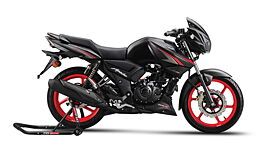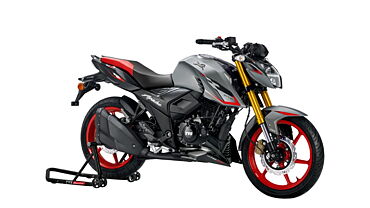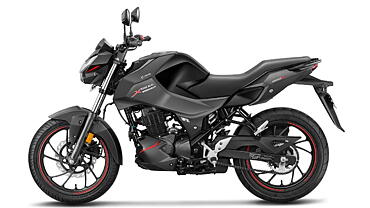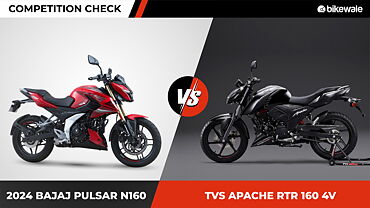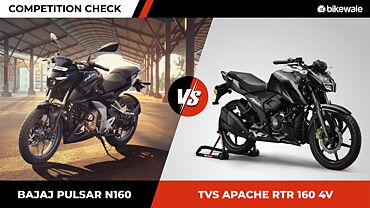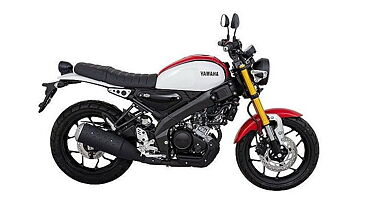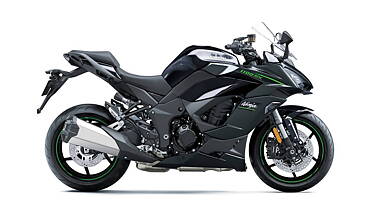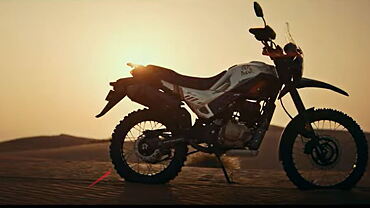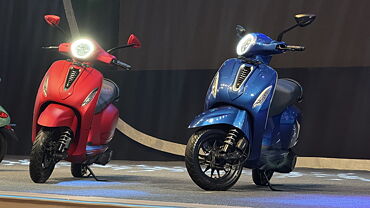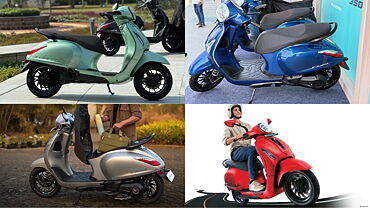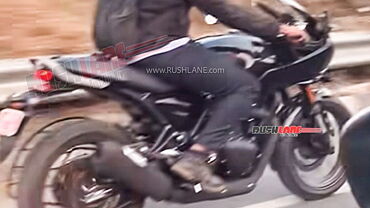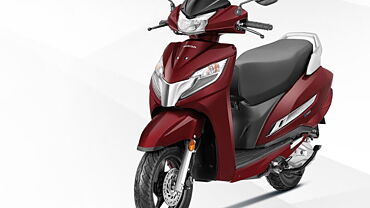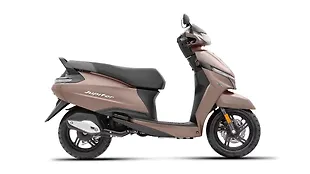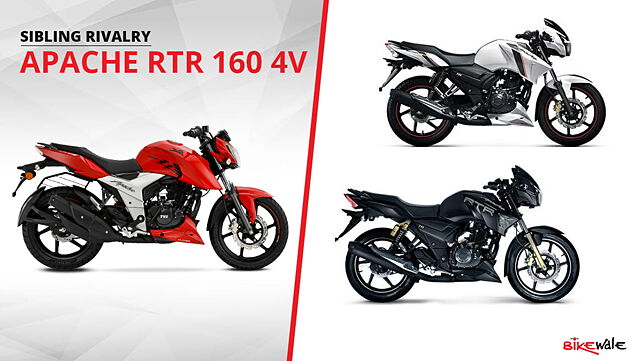
The TVS Apache RTR 160 4V is a new product, but the Hosur-based manufacturer has a few options in its own showrooms for those who wish to opt for the Apache RTR 160 4V. Here are those options:
1. The TVS Apache RTR 160. Have you ever heard the saying “The King is dead. Long live the King”? Well, it doesn’t apply to the Apache RTR 160, because the old 160 still lives alongside the new one. It isn’t tough to see why, when the price difference is around ten per cent. That is, the RTR 160 costs Rs 5000 less on ex-showroom price compared to the RTR 160 4V.
2. The TVS Apache RTR 180. The regular 180 is priced at a few hundred rupees more than the RTR 160 4V. In fact, spec the 4V with a rear disc or fuel injection and it leapfrogs the RTR 180! The RTR 160 4V FI costs a mere Rs 3000 less than the RTR 180 ABS.
The older Apache RTR 160 has been around for quite a few years now, and it shows – the engine develops 15bhp and 13Nm from its 160cc engine. It has a two-valve head, and the rear suspension is twin shocks. This is very similar to the RTR 180, which also has twin rear shocks but offers the most horsepower here with 17.3bhp and 15.5Nm thanks to its 177cc engine. The RTR 160 4V offers refinements and technology – one, the frame now sports a monoshock rear suspension, which is favoured by customers in urban areas. Its 160cc engine has a four-valve head, and generates 16.3bhp or 16.5bhp depending on whether it is the carburetted one or the FI one, but both generate 14.8Nm of torque. The 4V engine also has a radiator that cools the oil, meaning performance will be more consistent. All three models offer petal disc brakes, and a rear disc brake is at least an option on all of them. ABS is available only on the 180, however.
The 160 and 180 both sport analogue tachometers. The rest of the console is digital, and the backlight is orange for the RTR 160 and blue for the RTR 180. They have the usual information on display: tripmeters, a clock and a fuel gauge along with the standard warning lamps. The RTR 160 4V, however, has an all-digital white-backlit display that shows a wealth of information, like a top speed recorder, lap timer and 0-60kmph time recorder. The 160 also has the widest rear tyre of the three at 130mm, provided you opt for the rear disc brake. The drum brake version has a rear tyre with the same width as the RTR 180 at 110mm. The RTR 160 has the slimmest rear tyre at 100mm.
The RTR 160 is the most affordable here with a starting price of ₹76,500. This price nets you a rear drum brake and a choice of paint from the regular palette of colours. It goes up to ₹79,600 if you opt for a matte red one with a rear disc brake. The base carburetted, rear drum brake version of the RTR 160 4V costs ₹81,500, while the RTR 180 costs ₹81,700 for a regular colour. The RTR 160 4V FI is the second dearest motorcycle here at ₹90,000 while the RTR 180 ABS tops the list at ₹92,100. All prices are ex-showroom, Mumbai.

